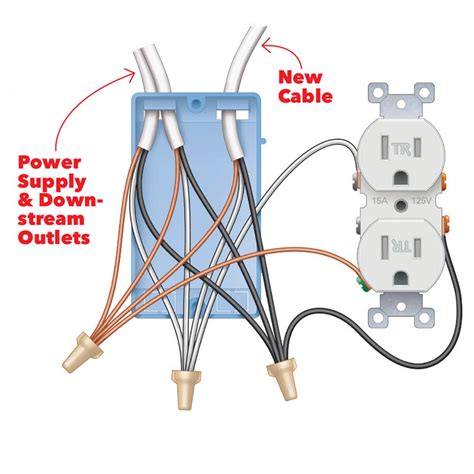
Dealing with a clogged drain can be a frustrating experience. Thankfully, a plumbing snake, also known as a drain auger, can come to the rescue. Whether you’re dealing with a stubborn clog in your kitchen sink, bathroom sink, or toilet, a plumbing snake can effectively clear the blockage and restore proper drainage. In this step-by-step guide, we’ll walk you through how to use a plumbing snake to unclog drains.
When to Snake a Drain
Before you start snaking a drain, it’s important to determine if snaking is the right approach for your clogged drain. Snaking is typically effective for clearing clogs caused by hair, food particles, soap scum, and other debris. If you’ve tried other methods such as plunging or using chemical drain cleaners without success, it’s a good indication that snaking may be necessary.
How a Drain Snake Works
A drain snake is a long, flexible cable with a coiled metal auger at one end. The cable is inserted into the drain and rotated to break up and dislodge the clog. As the auger moves through the pipe, it grabs onto the blockage and allows you to pull it out or push it further down the drain.
Using Plumbing Snakes in Toilets
When using a plumbing snake in a toilet, it’s important to use a specific type of snake called a toilet auger. Toilet augers have a protective sleeve or rubber coating to prevent scratching the porcelain. Insert the auger into the toilet bowl, rotating the handle clockwise as you push it down. Once you encounter resistance, continue rotating and pushing until the clog is cleared.
Safety Considerations
When using a plumbing snake, it’s essential to take proper safety precautions. Wear protective gloves and safety glasses to shield your hands and eyes. Be cautious not to apply excessive force that could damage the pipes. If you encounter significant resistance or feel unsure about using a drain snake, it’s best to call a professional plumber.
Instructions
1. Remove P-Trap and Access Drain
Locate the P-trap, which is the curved pipe beneath the sink, and place a bucket underneath to catch any water or debris. Use a wrench to loosen the slip nuts and remove the P-trap. Access the drain opening by removing the stopper or drain cover.
2. Extend Cable
Insert the cable into the drain opening and push it in until you feel resistance. Continue extending the cable until you reach the clog.
3. Snag Obstruction
Once you’ve reached the clog, rotate the handle of the plumbing snake to maneuver the auger. This motion helps the auger to grab onto the obstruction. If you encounter a particularly stubborn clog, you may need to push and pull the cable to dislodge it.
4. Retract Cable
Gently retract the cable, pulling it out of the drain. This action should bring the dislodged clog along with it. Be careful not to force the cable or allow it to become tangled.
5. Clear Drain Snake
Inspect the
drain snake for any debris or residue. Clean it thoroughly before storing it to ensure it’s ready for future use.
6. Continue Clearing Pipe
If the clog is not fully cleared, you may need to repeat the process a few times. Extend the cable back into the drain and repeat steps 3 to 5 until the drain is flowing freely.
7. Test Drain Flow
Run water down the drain to test its flow. If the water drains smoothly, the clog has been successfully cleared. If the drain is still slow or clogged, you may need to try snaking the drain again or consider seeking professional help.
8. Clean Drain Snake
After completing the unclogging process, make sure to clean the drain snake thoroughly. Remove any debris or residue to maintain its effectiveness and prevent the transfer of contaminants to other drains.
FAQs (Frequently Asked Questions)
1. Can I use a plumbing snake on any type of drain?
A plumbing snake is suitable for most types of drains, including sinks, bathtubs, showers, and toilets. However, it’s essential to use the appropriate type of snake for each specific drain. For example, toilet augers are designed specifically for use in toilets and have a protective coating to prevent damage to the porcelain.
2. How far should I insert the plumbing snake into the drain?
You should insert the plumbing snake until you feel resistance, which indicates that you’ve reached the clog. It’s important not to force the cable further as it can damage the pipes. If you’re uncertain about how far to insert the snake, it’s advisable to consult a professional plumber.
3. What should I do if snaking the drain doesn’t work?
If snaking the drain doesn’t resolve the clog, it may be a sign of a more significant plumbing issue. At this point, it’s recommended to call a professional plumber who has the expertise and specialized equipment to diagnose and address the problem effectively.
By following these step-by-step instructions and taking the necessary safety precautions, you can effectively use a plumbing snake to unclog drains. Remember, if you’re unsure or encounter a complex plumbing issue, it’s always wise to seek professional assistance to avoid further damage.






